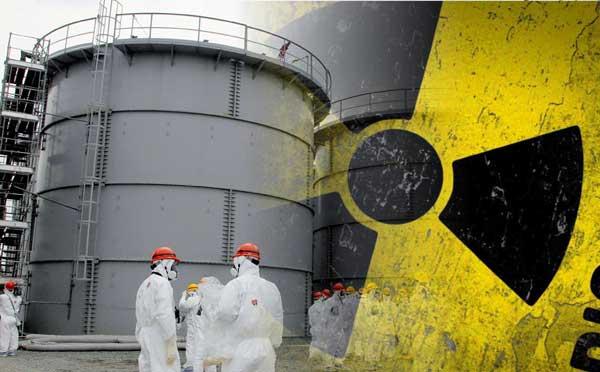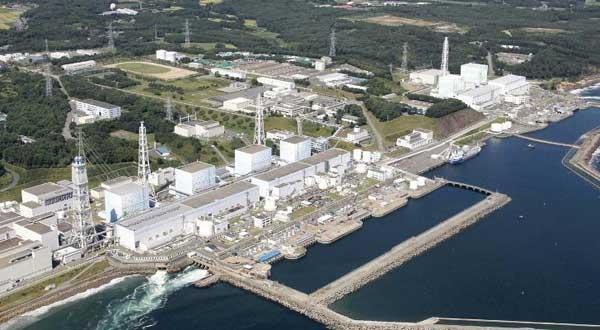Tuesday marks the third anniversary of the 2011 Fukushima disaster. People across Japan are holding memorials to mourn the dead and comfort the living. The 9.0-magnitude earthquake, ensuing tsunami and nuclear disaster killed over 15,000 people on Japan’s northern coast.
 |
| Three years on, Japan is still struggling with the aftermath. Contaminated water at the power plant remains the biggest problem hampering the clean-up process. |
Three years on, Japan is still struggling with the aftermath. Contaminated water at the power plant remains the biggest problem hampering the clean-up process.
Three years after the Fukushima disaster. People are praying that the dead are resting in peace.
Three years after the tsunami crippled the Daiichi Nuclear Plant, the clean-up seems to crawl along.
Officials in charge say it’s mostly due to the contaminated water.
"The most pressing issue for us is the contaminated water, rather than decommissioning. Unless we resolve the problem, people will continue to be scared and the evacuees cannot return home." Akira Ono, Chief of Fukushima Daiichi Nuclear Plant said.
 |
| Three years on, Japan is still struggling with the aftermath. Contaminated water at the power plant remains the biggest problem hampering the clean-up process. |
Massive amounts of water are being used to cool the melted cores at three reactors. In the process, it becomes contaminated, and must be contained in over a thousand storage tanks.
But the tanks are full, and some of the contaminated water has seeped through the ground into the Pacific and leaked repeatedly.
"TEPCO is making progress on the water management plan, but I' m not satisfied yet. I still like to see a more comprehensive, integrated water management plan." Dr. Dale Klein, Chairman of Nuclear Reform Monitoring Committee said.
The Japanese government is initiating a project an underground ice wall is scheduled to be built around the four damaged reactor units to prevent leaks by freezing the water.
A trial run is due to start within days.
A similar method has been used at a US nuclear plant. But there’s never been one of this magnitude, and some experts say back-up measures are necessary.







